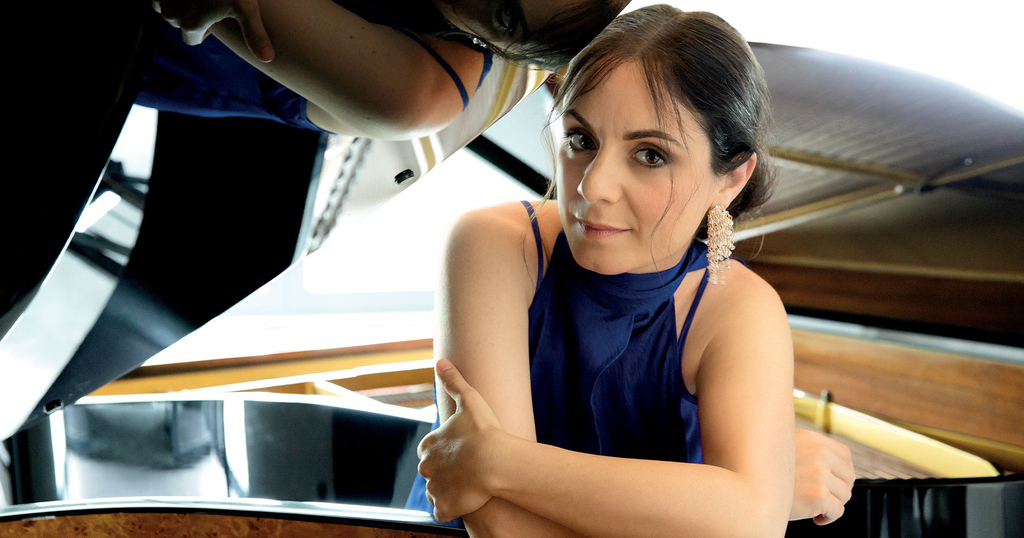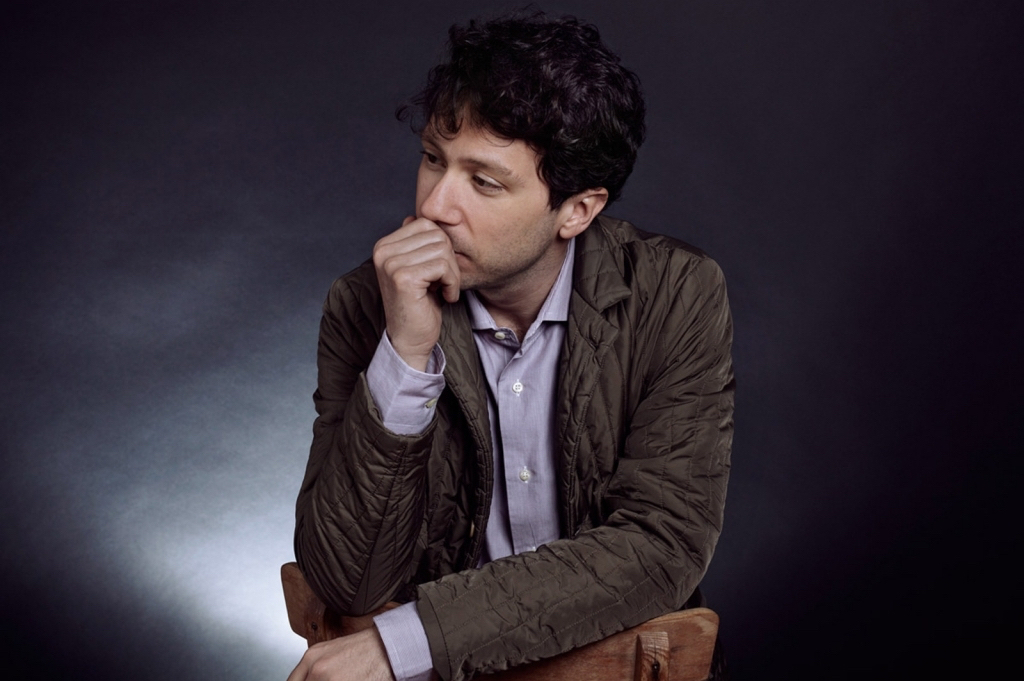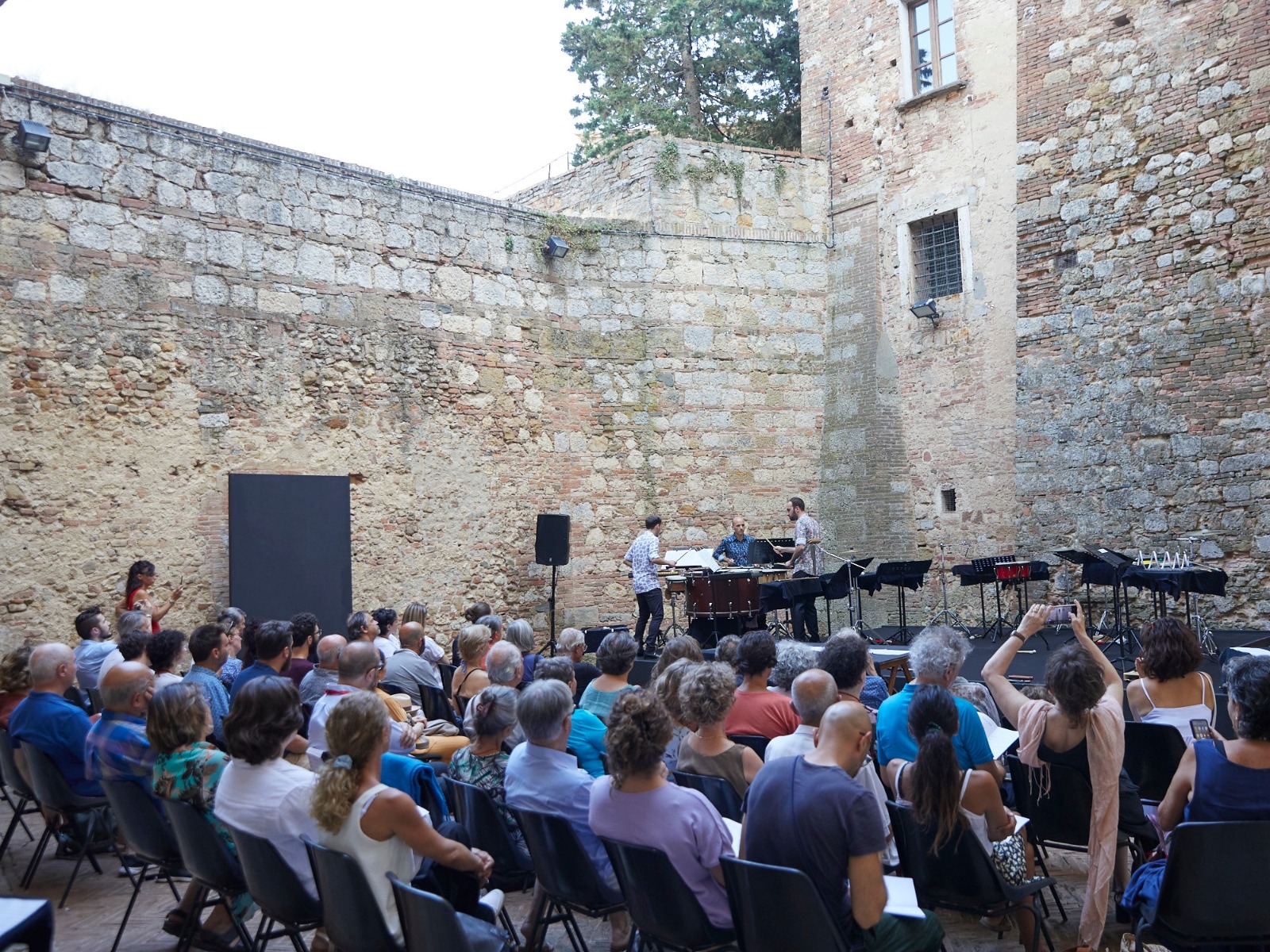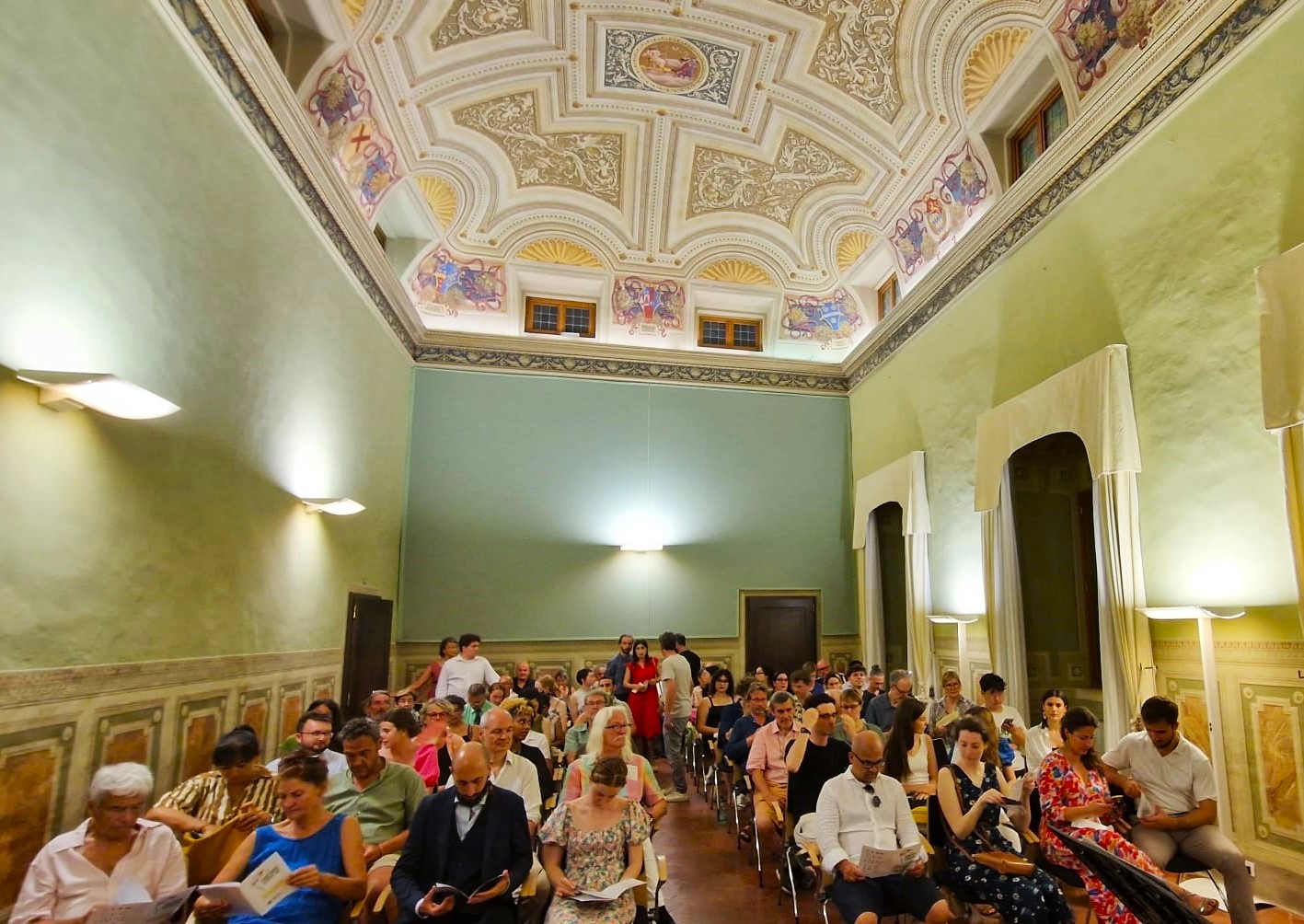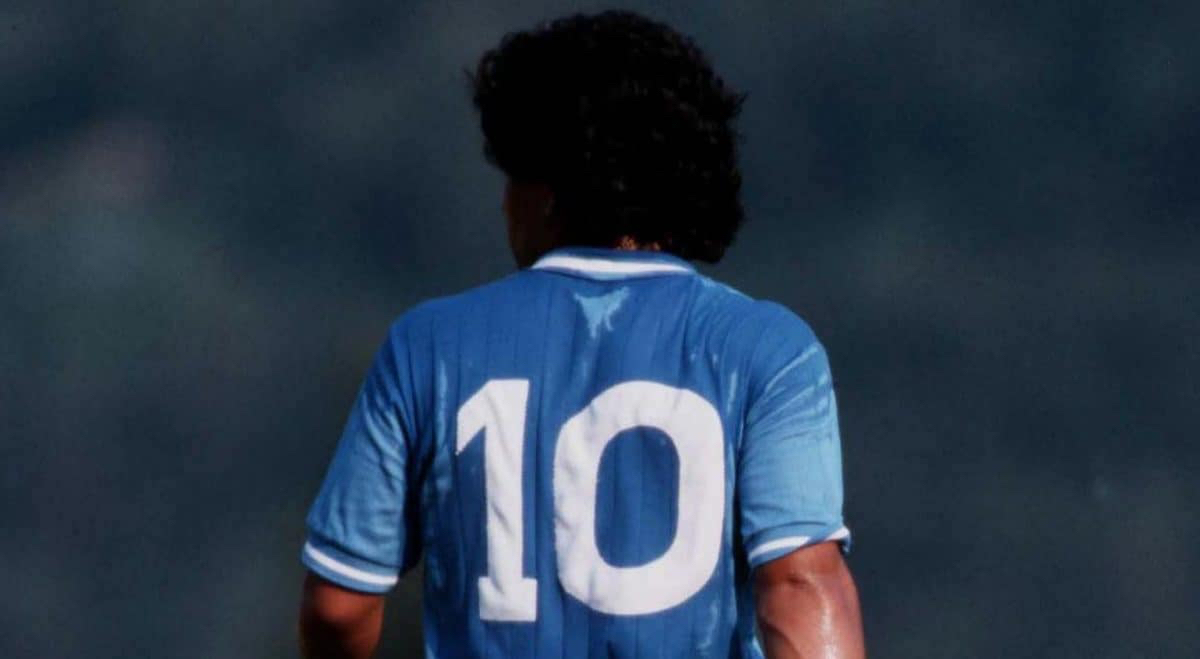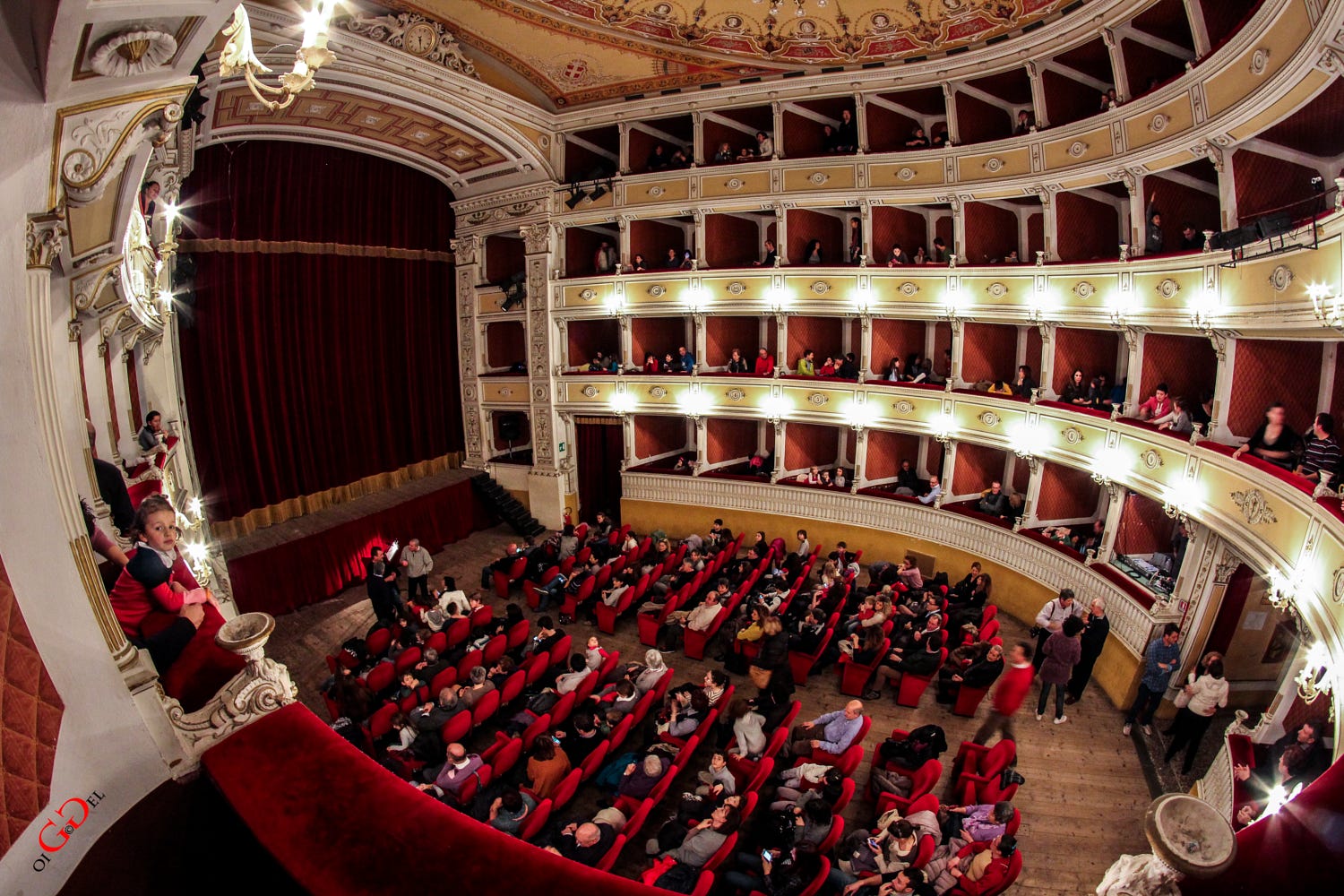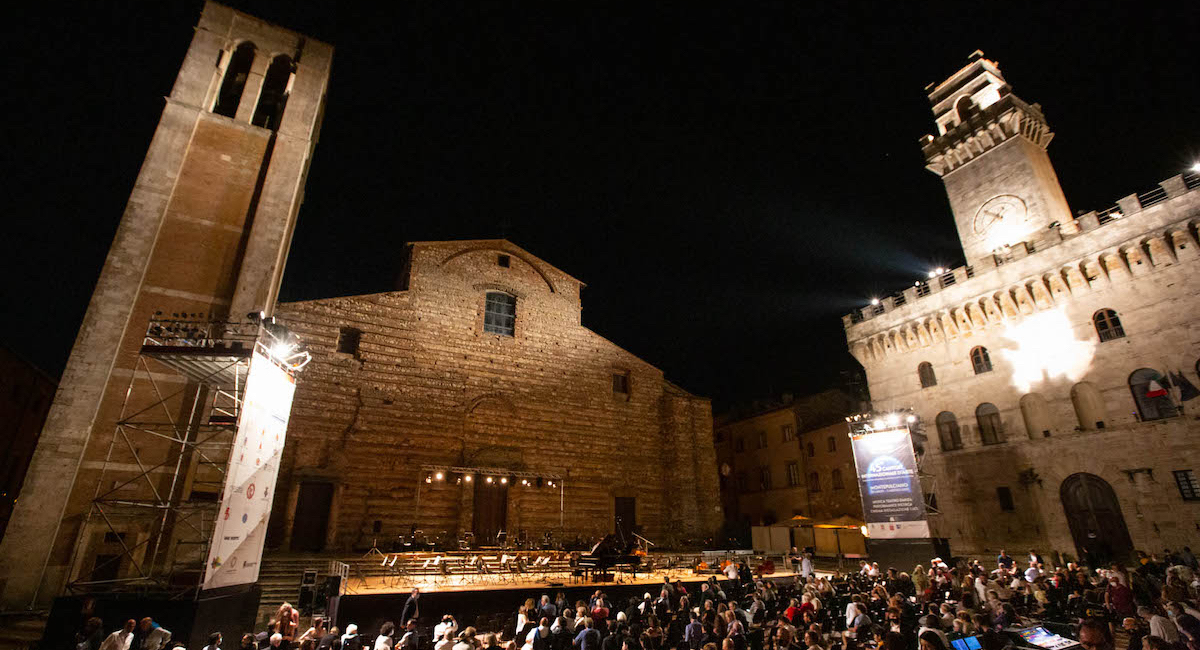MOMENTI D'ORGANO I
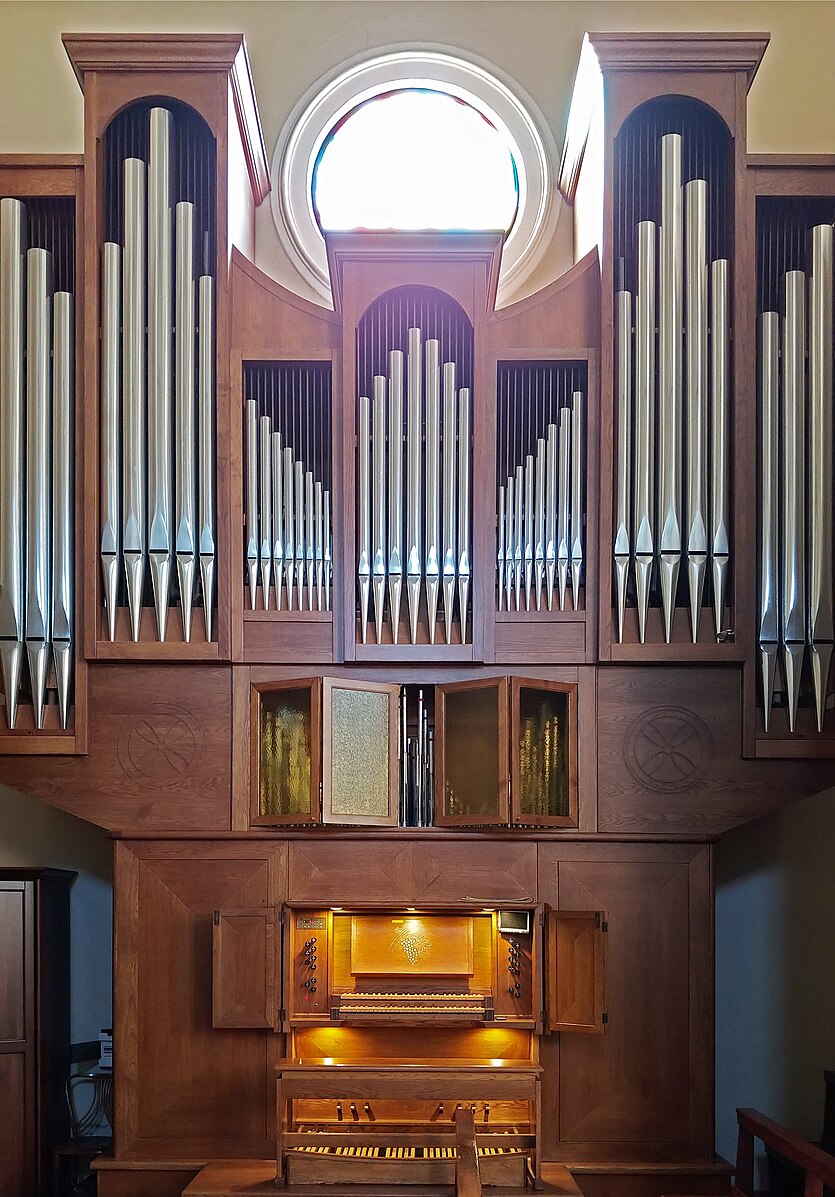
Adriano Falcioni
Nicola Pontara
organo
MONTEPULCIANO STAZIONE
Chiesa del Sacro Cuore di Gesù
VENERDÌ 19 LUGLIO
Ore 18
INGRESSO GRATUITO
Johann Sebastian Bach
(1685-1750)
Contrappunto I dall’arte della Fuga
Stefano Boccia
(2000)
Al Levar del Giorno
(prima esecuzione assoluta, commissione 49º Cantiere)
Franz Liszt
(1811-1886)
Preludio e fuga su B-A-C-H
Ferruccio Busoni
(1866-1924)
Fantasia Contrappuntistica*
(trascrizione Adriano Falcioni, prima esecuzione assoluta)
In collaborazione con
Conservatorio "C. Monteverdi" Bolzano

“Al levar del giorno"
Il brano nasce dai primi due versi della raccolta di poesie Amôrs di Pierluigi Cappello:
Tra ciò che incomincia e ciò che finisce
cominciare a finire per cominciare a vivere.
Ho tradotto in musica il senso di rinascita espresso nella poesia paragonandolo alla nascita di un nuovo giorno, sfruttando le caratteristiche timbriche e sonore dell’organo attraverso i suoi registri.
“At dawn”
The song comes from the first two verses of the poetry collection Amôrs by Pierluigi Cappello:
Between what begins and what ends
begin to finish to begin to live.
I translated the sense of rebirth expressed in the poem into music by comparing it to the birth of a new day, exploiting the timbric and sound characteristics of the organ through its registers.
L’Arte della Fuga è una delle ultime opere di Johann Sebastian Bach ed è rimasta incompiuta. Opera colossale, è considerata l’apoteosi del contrappunto bachiano. Contrappunto, dal latino Contrapucntum (punctum contra punctum, nota contro nota) si riferisce all’abilità di saper combinare insieme due o più linee melodiche in senso orizzontale.
Composta tra il 1749 e il 1750, contiene 19 brani ritenuti autentici e che portano tutti la dicitura di Contrapunctus. Probabilmente la raccolta è stata concepita da Bach come opera di studio e analisi della forma musicale piuttosto che destinata all’esecuzione. Non è specificato infatti per quale o quali strumenti le composizioni siano destinate, proprio perché lo scopo del compositore è quello di concentrarsi sul modo che le quattro voci hanno di interagire tra di loro.
Nel corso della cosiddetta Bach-Renaissance, processo nato nel corso del XIX secolo e che ha portato alla riscoperta del compositore tedesco e della sua opera, anche l’Arte della Fuga è stata oggetto di rielaborazioni e trascrizioni per diversi organici. Stasera ascolteremo il Contrappunto I, l’apertura e prima esposizione del tema dell’opera, nella versione per organo.
“La nuova musica sacra dovrebbe unire in grandiosa relazione il teatro e la chiesa; dovrebbe essere al tempo stesso drammatica e santa, svolgersi splendidamente eppure con semplicità…”, così si esprime Franz Liszt in un saggio sulla musica sacra. Ed è in questa sua concezione che dobbiamo inserire anche l’interesse nutrito verso l’organo.
Il Preludio e Fuga sul nome BACH è una delle tre sue principali opere destinate a questo grandioso strumento. Il brano nasce pensando all’organo del Duomo di Merseburg, città della Sassonia, organo barocco che venne ricostruito proprio in quegli anni e alla cui ricostruzione Liszt partecipò con interesse. Nella notazione alfabetica tedesca le lettere che formano il cognome di Johann Sebastian Bach corrispondono alle note Si, La, Do, e Si bemolle e vanno a formare uno spunto tematico, utilizzato già dallo stesso Bach in passato e da molti altri compositori futuri, soprattuto nel XIX secolo, che vorranno così rendere omaggio al grande compositore di Eisenach. Tuttavia nella composizione di Liszt non troviamo richiami allo stile di Bach, ma anzi rispecchia il carattere del compositore ungherese, tanto da essere considerato una trasposizione del virtuosismo pianistico all’organo.
La Fantasia contrappuntistica di Ferruccio Busoni venne composta in America, durante una tournée, nel 1910 in un periodo nel quale il maestro si stava dedicando ad uno studio approfondito del contrappunto. La composizione della Fantasia nasce dalla proposta che venne lanciata a Busoni di completare la Fuga a tre soggetti lasciata incompiuta da Johann Sebastian Bach nella sua Arte della Fuga.
“La fuga è il mio lavoro pianistico di maggiore importanza” , così scrive Busoni stesso in una sua lettera. Probabilmente “Fuga” era il primo titolo pensato dal maestro e successivamente mutato in “Fantasia”. L’opera, che Busoni scrisse in quattro diverse versioni, tre per pianoforte solo e una quarta per due pianoforti, è dedicata al compositore e organista tedesco Wilhelm Middelschulte, che la trascrisse anche in una versione per organo.
Nel concerto di stasera ascolteremo la Fantasia nella trascrizione per organo di Adriano Falcioni, nella sua prima esecuzione assoluta. (Myriam Bizzarri)
The Art of Fugue is one of Johann Sebastian Bach's last works and remained unfinished. A colossal work, it is considered the apotheosis of Bach's counterpoint. Counterpoint, from the Latin Contrapucntum (punctum contra punctum, note against note) refers to the ability to combine two or more melodic lines together horizontally.
Composed between 1749 and 1750, it contains 19 pieces considered authentic and which all bear the wording Contrapunctus. The collection was probably conceived by Bach as a work of study and analysis of musical form rather than intended for performance. In fact, it is not specified which instrument or instruments the compositions are intended for, precisely because the composer's aim is to concentrate on the way the four voices interact with each other.
During the so-called Bach-Renaissance, a process born during the 19th century and which led to the rediscovery of the German composer and his work, the Art of Fugue was also the subject of reworkings and transcriptions for various ensembles. Tonight we will listen to Counterpoint I, the opening and first exposition of the theme of the work, in the organ version.
“The new sacred music should unite the theatre and the church in a grandiose relationship; it should be both dramatic and holy, unfold beautifully and yet with simplicity...", this is how Franz Liszt expresses himself in an essay on sacred music. And it is in this conception of his that we must also include the interest he has towards the organ.
The Prelude and Fugue on the name BACH is one of his three main works intended for this grandiose instrument. The piece was born thinking about the organ of the Merseburg Cathedral, a city in Saxony, a baroque organ that was rebuilt in those years and in whose reconstruction Liszt participated with interest. In German alphabetical notation the letters that form Johann Sebastian Bach's surname correspond to the notes B, A, C, and B flat and form a thematic starting point, already used by Bach himself in the past and by many other future composers, especially in the 19th century, who would thus like to pay homage to the great composer from Eisenach. However, in Liszt's composition we do not find references to Bach's style, but rather it reflects the character of the Hungarian composer, so much so that it is considered a transposition of piano virtuosity to the organ.
Ferruccio Busoni's Contrapuntal Fantasy was composed in America, during a tour in 1910, in a period in which the master was dedicating himself to an in-depth study of counterpoint. The composition of the Fantasy was born from the proposal that was made to Busoni to complete the three-subject fugue left unfinished by Johann Sebastian Bach in his Art of Fugue.
“The fugue is my most important piano work”, so Busoni himself wrote in one of his letters. Probably “Fuga” was the first title conceived by the master and subsequently changed to “Fantasia”. The work, which Busoni wrote in four different versions, three for solo piano and a fourth for two pianos, is dedicated to the German composer and organist Wilhelm Middelschulte, who also transcribed it in a version for organ.
In tonight's concert we will listen to the Fantasia in the organ transcription by Adriano Falcioni, in its very first performance. (Myriam Bizzarri)
 Sostieni i progetti
Sostieni i progetti Amministrazione Trasparente
Amministrazione Trasparente Contatti
Contatti
